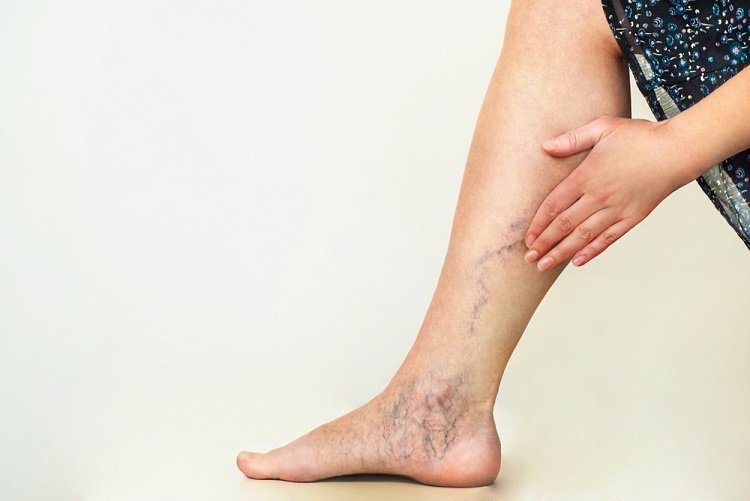An estimated one in every ten people suffers from heel spurs. This condition is a bone-like protrusion between your heel and the arch foot. While not every heel spur victim will experience pain, there is some sought of discomfort that, if ignored, can lead to severe pain. However, this foot condition is well-addressed by the Tamarac heel spurs treatments. Heel spurs are often related to plantar fasciitis and can affect your mobility. The pain spur pain is often worse in the morning and gradual throughout the day. But what might be the leading risk factors for getting heel spurs? Below is a highlight of the top six reasons that put you at risk for this discomforting condition.
Table of Contents
1. Improper wearing of shoes
One of the greatest threats to your feet’ health is the footwear you incorporate into your wardrobe. Furthermore, podiatrists constantly insist on the relevance of wearing shoes that favor your foot health. Wearing the wrong type of shoes can cause foot issues and lower back pain. Avoid unfitting, worn-out, and uncomfortable shoes if you want to safeguard your feet against heel spurs. In addition, talk to your podiatrist to comprehend what type of footwear to use, especially if you are recovering from heel spurs.
2. Carrying excess weight
Medically, it’s not a wonder that being overweight makes you susceptible to numerous health conditions, not excluding heel spurs. Excess weights add more pressure to your feet and increase your chances of suffering from heel spurs. Cutting those extra pounds will significantly value your feet’ health if you are overweight.
3. Being diabetic
Type 2 diabetes comes along with many foot problems. Diabetes is associated with high blood glucose levels resulting in foot neuropathy. In this case, your feet may experience loss of sensation, numbness, and tingling. Additionally, heel spurs can also develop as a result of being diabetic. If you are a diabetic victim, you should see a podiatrist more frequently.
4. Walking gait abnormalities
If your doctor insists that your walking gait is abnormal, you are at greater risk of suffering the consequences of heel spurs. Although it can be difficult to tell if your walking gait is normal, you can seek medical guidance. Moreover, if you wear your shoes unevenly, you may suffer from walking gait abnormalities.
5. Regular running or jogging
If you tend to engage in rough sporting activities like running or jogging, heel spurs are likely to occur. The impact on your heels due to frequent striking the ground can add more pressure on your feet, causing heel spurs to develop. This is typically unfortunate as you cannot further continue your favorite activities due to heel spur pain.
6. Prolonged standing
Being on your feet for longer hours means putting more pressure on your feet, which can result in a heel spur. However, wearing supportive shoes and taking breaks to rest your feet can be significant.
Your feet are at risk for many health concerns, and the best way to safeguard them is to incorporate preventive measures. Although heel spurs might not cause pain in their first stages, they can later affect your daily life and limit your productivity. If you evade the risk factors highlighted above and seek podiatrist help, you will be guaranteed safety against heel spurs.







